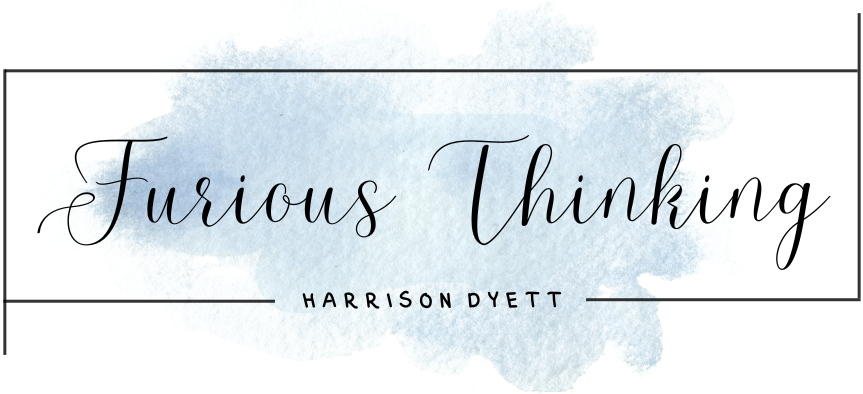There are a lot of talks these days about fashion forecasting – the ability to see into the future and predict what style trends will be popular in the next few years. While it might seem daunting, there are some pretty easy steps you can take to get started. In this article, we’re going to outline the basics of fashion trend forecasting, including tips on how to use trend analyzers and forecasters. By the end, you’ll be well on your way to becoming a pro at predicting fashion trends!
About Fashion Trend Forecasting
Fashion trend forecasting is a process that helps designers and retailers anticipate what styles will be popular in the next season. The goal of fashion trend forecasting is to provide customers with products that they will want to buy and to create collections that will look current and fashionable.
There are various methods used to forecast fashion trends. One of the most common methods is trend analysis, which uses statistical analysis to identify recurring patterns in consumer behaviour. Other methods include focus groups, surveys, and market research. Once the fashion trend has been identified, it can be predicted for the next season by reviewing past trends and analyzing how they related to current events and social media postings. This information can help designers create pieces that will stand out in a crowd and be popular among consumers.
Fashion Trend Forecasting: Why Does It Matter?
Looking to stay ahead of the latest fashion trends? You’re in luck because we’ve got you covered! There are three main methods used to predict fashion trends – trend tracking, forecasting, and trend prediction – and explain why each method is useful. You’ll be able to better understand how fashion trends are created and predicted, as well as make informed decisions about what to wear.
So read on for all the info you need to know about fashion trend forecasting!
Trend Tracking
Trend tracking is the simplest approach to predicting fashion trends – it involves tracking actual sales data to see which styles are popular. By analyzing past trends, trend trackers can figure out which styles are likely to be popular in the future. This method is often used by clothing retailers and magazine editors who want to stock popular styles before they become mainstream.
Forecasting
While trend tracking relies on past sales data, forecasting is based on a more complex analysis of market conditions and consumer behaviour. Forecasters use a variety of statistical models to predict future trends – including social media data, market research surveys, and demographic information. By using multiple sources of information, forecasters can generate more accurate predictions than simply relying on one data point.
Prediction
While both forecasting and trend tracking provide valuable insights into upcoming fashion trends, prediction is perhaps the most accurate method of all. Prediction relies on a detailed understanding of human behaviour and preferences combined with sophisticated mathematical models. This approach is used by fashion designers, advertising agencies, and luxury retailers who want to create clothes that will be popular with consumers.
How to Spot a Trend
There’s no need to be a fashionista to know what’s hot on the runways. If you keep an eye out for the latest trends, you can easily incorporate them into your wardrobe without spending a fortune.
To help you get started, here are five tips on how to spot a trend:
Follow the Leaders
When it comes to spotting fashion trends, following the leaders is key. Not only will this give you an idea of what’s in style right now, but it will also help ensure that you don’t miss out on any potential sales opportunities.
Look for Classic Pieces With a Modern Twist
If you want to stay on trend but still stick to classic clothing items, look for pieces that have been given a fresh update. For example, instead of wearing a trench coat every day, try opting for a bomber jacket with cut-outs or oversized sleeves.
Pay Attention to Colour and Texture
When it comes to picking out outfits, make sure that you pay attention to both colour and texture. For example, if you want to rock a bright blue outfit during the springtime season, choose clothing items made from lightweight materials such as cotton or linen rather than heavyweight fabrics such as wool or leather. And when choosing textures for your clothes, go for something light and airy such as lace or tulle rather than heavier fabrics like corduroy or denim jeansuits.
What Are the Top Trends This Season?
Looking to stay ahead of the latest fashion trends? Here are the top trends for this season:
Colour Blocking
This popular trend sees different hues being used together to create a more vibrant look. For example, you might wear a blue shirt with black pants, or vice versa.
Floral Prints
A classic style that’s making a comeback this season is floral prints. You can find them in practically any outfit, from dresses to skirts and tops.
Wearing Grunge Styles
If you’re looking for an edgier look, try using grunge styles in your wardrobe this season. This includes clothing such as ripped jeans and loud shirts.
Oversized Tops and Bottoms
Another popular trend this season is oversized clothing items such as tank tops and maxi skirts. This makes for an updated and more fashionable look.
Stepping Out of Your Comfort Zone
If you’re feeling daring this season, try wearing clothes that are outside of your normal style range. This could include items like leggings or tunics that go over your head.
By familiarizing yourself with the latest trends, you can be sure that your wardrobe will stay current no matter what style direction the world falls into. So whether it’s opting for classic styles or mixing things up a bit, make sure to keep an eye out for upcoming fashion trends so that you can look your best whatever the situation.

